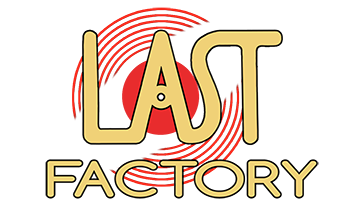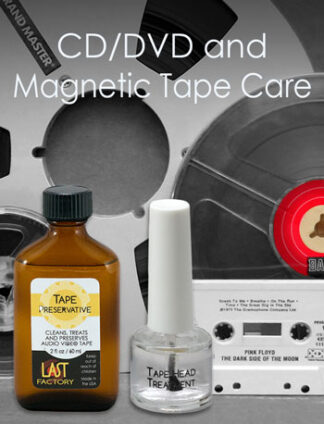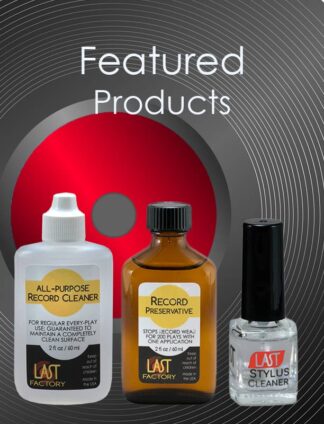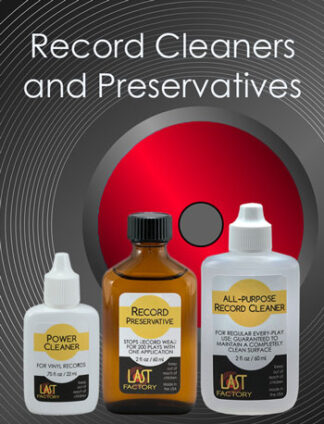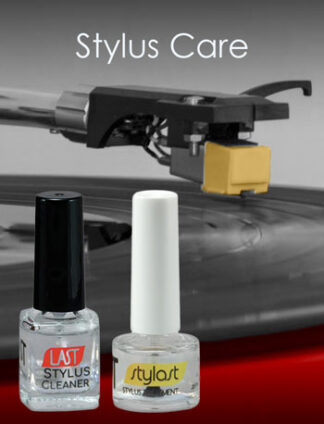Getting rid of static starts by understanding what causes it.
Vinyl, on contact or friction with many materials, develops a negative charge. Because it is a good insulator, the charge does not leak away, it is a “static” charge. Some materials are more effective at creating that negative charge than others. Polyethylene and polypropylene create a negligibly small charge on vinyl, but dry paper can create a strong charge. This is one reason to choose polyethylene record sleeves over paper. Other plastics like acrylic will develop more charge. So be careful what you put your record on, or in! Since friction with other materials can cause static, your stylus can generate static charge as well. The diamond is not conductive so it does not help dissipate any charge created by the friction of travel.
Then consider your cleaning and playing routine.
Natural brushes are gentle and are not conductive so they may not remove static. But they tend to generate only small levels of static charge and are generally fine for dry-brushing a record. The long soft bristles on such brushes don’t do much more than get the large bits of dust. Carbon fiber brushes are conductive and good at dissipating a static charge, just not a very good record cleaning brush. The very smooth bristles don’t capture much dirt, just push it around the record. To discharge static, they can be effective, but you can do better.
For the charge generated by your stylus moving along the record, both LAST Record Preservative and our Stylast Stylus Treatment act to reduce record friction, though by different mechanisms. Each will reduce the ability of the stylus to generate static charge.
Our LAST Applicator / Brush

Our LAST Applicator is a type of velvet cleaning pad. Consider it a very short nap brush. Ours is narrow, which we will explain in a second, and you are probably familiar with the wide wood-block velvet pads. Velvet is non-conductive, but in our case you use it with a few drops of cleaning fluid and that fluid neutralizes the charge. Not all liquids will do that, in fact pure water is a very good insulator, but our LAST All Purpose Record Cleaner and LAST Power Cleaner both include agents that neutralize charge and then leave no residue. The moisture on the velvet also helps capture dirt in the pad rather than leaving it on the record. The very short, fine nap of the velvet gets into the grooves for real cleaning. Our narrow pads do that with less force than the wide pads need. So you get rid of static and dirt at the same time. The wide wood-block versions can work similarly, but that large pad wastes a lot of fluid just getting it moist, takes more force to get into the grooves, and having velvet glued to wood, it is not something you want to rinse regularly. Our narrow velvet requires only about 3 drops of fluid, and you can rinse the Applicator as often as you like. The velvet is solvent bonded to the handle, so unless your rinse is dissolving plastic, your applicator is fine. Applicators come with both of the cleaning fluids mentioned.
Final Thoughts
There are other static control devices such as the ZeroStat gun, but they do not do any cleaning. Since your cleaning gets rid of static, why bother? So to sum up:
- Store and handle your record to reduce static
- Clean using our Applicator and a few drops of LAST All Purpose Record Cleaner
- Treat your records with LAST Record Preservative (once, that’s all it takes) and use Stylast Stylus Treatment when you play.
This is probably not more motion than you already do when playing a record, but with some planning you will be keeping static in check.
If you use a Record Cleaning Machine, our LAST Applicator is better than the brush your machine came with, and we have a Record Cleaning Machine fluid as well. If you are curious about details of brush structure (not specifically for records) the folks at Gordon Brush have this nice reference.
